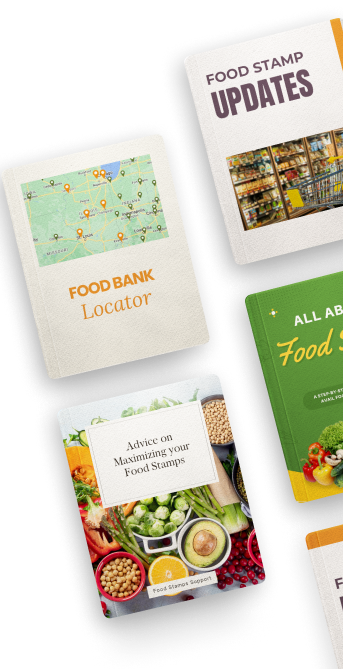Food Stamps: Clarifying Your Most Crucial Questions

1. Food Stamps Are Not Just for the Unemployed and Needy Individuals
Anyone with a low income may qualify for food stamps, regardless of employment. Besides, many working families rely on food stamps to help make ends meet. Sometimes, the breadwinner might not feed the family if it weren't for assistance from the food stamp program. The perception makes many people shy away from applying for food stamps, even though they could use the help.
2. You Can Use Food Stamps At Most Grocery Stores
Contrary to popular belief, you can use food stamps at most grocery stores because the food stamp program is now electronic. In other words, people who receive food stamps can use them like a debit cards to purchase groceries. The government continues collaborating with grocery stores to make it easier for people to use food stamps. For example, some stores have special lines for people using food stamps, so they don't have to wait behind people who are paying with cash or credit.
3. You Can't Buy Everything with Food Stamps
While you can purchase various items with your food stamps, there are some notable exceptions. You cannot use them to buy alcohol, cigarettes, pet food, paper products, or household cleaning supplies. You also cannot purchase hot foods or use them to get cash back. Despite the downside, the food stamp program is still a vital safety net for millions of Americans.
4. There Are Time Limits on How Long You Can Receive Food
Unlike other programs, food stamps have a time limit. If you are a non-disabled adult without children, you can only receive food stamps for three months in three years. Waiving happens if you are working or in a work program for at least 20 hours a week or if you cannot work due to a disability. Over the years, the government has waived the time limit numerous times, usually during high unemployment.
5. You Have To Meet Certain Income Requirements to Qualify
Your household's gross income must be at or below 130% of the federal poverty level. Besides, if your family's assets are valued at more than $2,250 (or approximately $3,500 for a household with an elderly or disabled member), you won't be eligible for food stamps. The government capped the limit to pave the way for more low-income earners to receive assistance.
6. You May Have to Work to Get Food Stamps
7. You May Be Able to Get Food Stamps If You Are Working
As earlier mentioned, the food stamp program helps low-income individuals and families afford nutritious food. If you work, but your wages are low, you may still qualify for food stamps. To determine whether you are eligible for food stamps, your state's SNAP office will consider your household's size and income. If your household's income is at or below the poverty line, you will likely qualify for food stamps.
8. Food Stamps Are Not Just for Food
While the program's name may imply that it is only for food, food stamps can purchase various items, including baby formula, diapers, and soap. It depends on the state and the current situation. For example, new parents may not have enough money to buy diapers and other baby supplies. As a result, they may need to use food stamps to help cover the cost of these items.
There is a common misconception that only needy people receive food stamps, but this is not true. Many people struggling to make ends meet may qualify for food stamps, regardless of their income. The above information clears the air for individuals struggling silently. Therefore, they shouldn't shy away from seeking help when needed.













